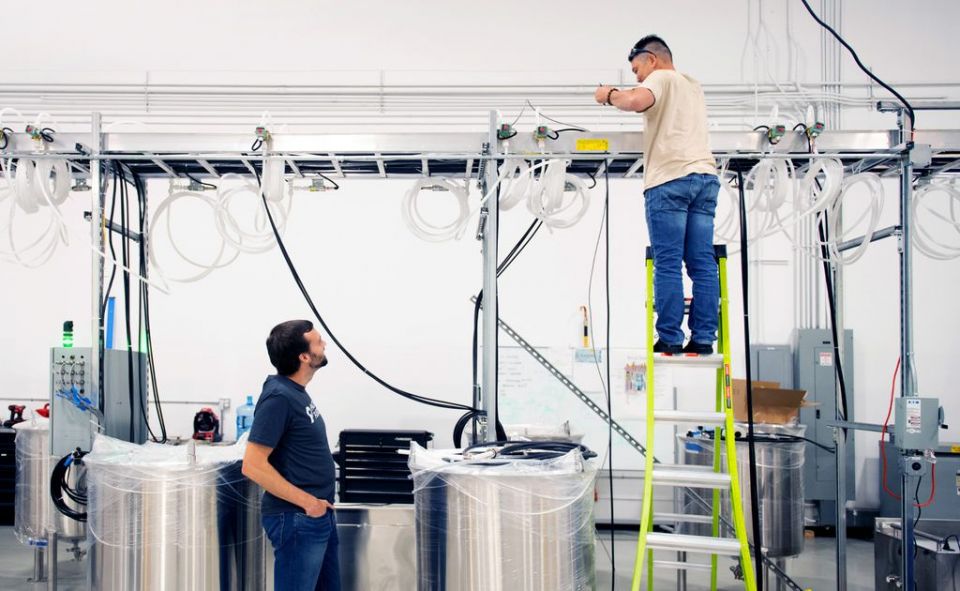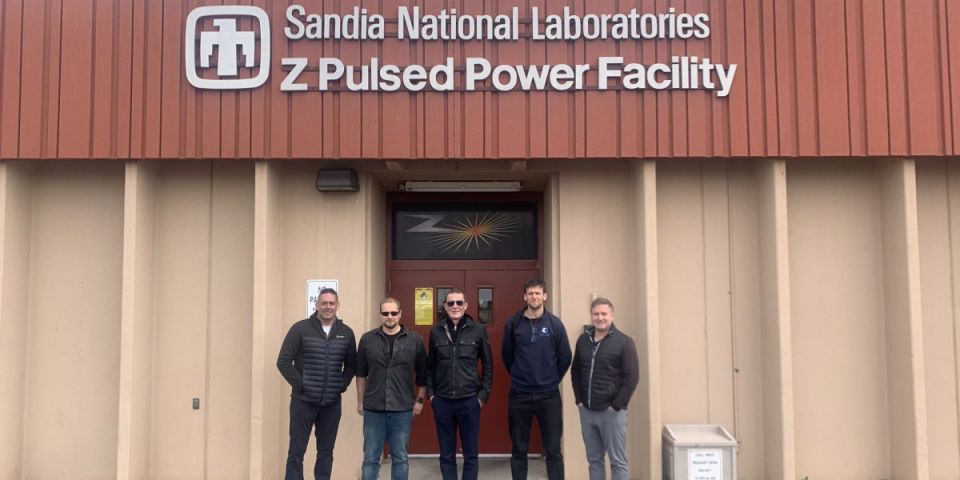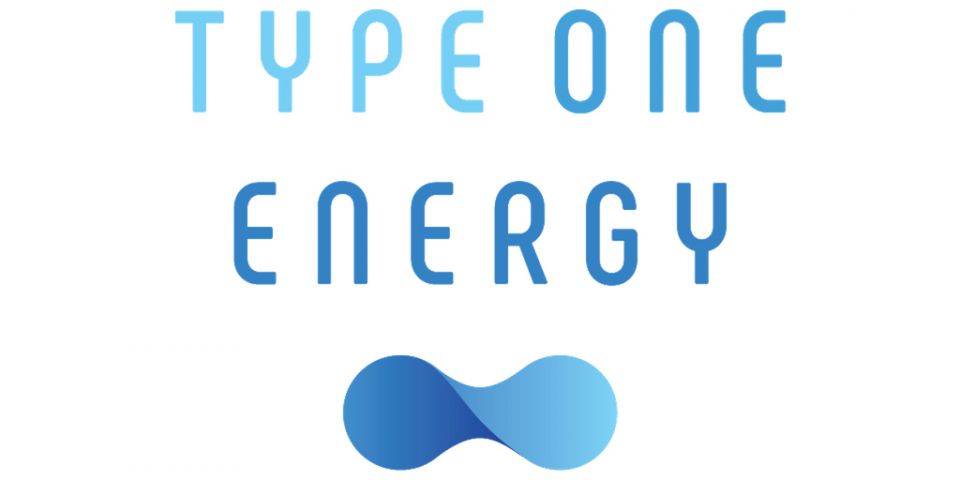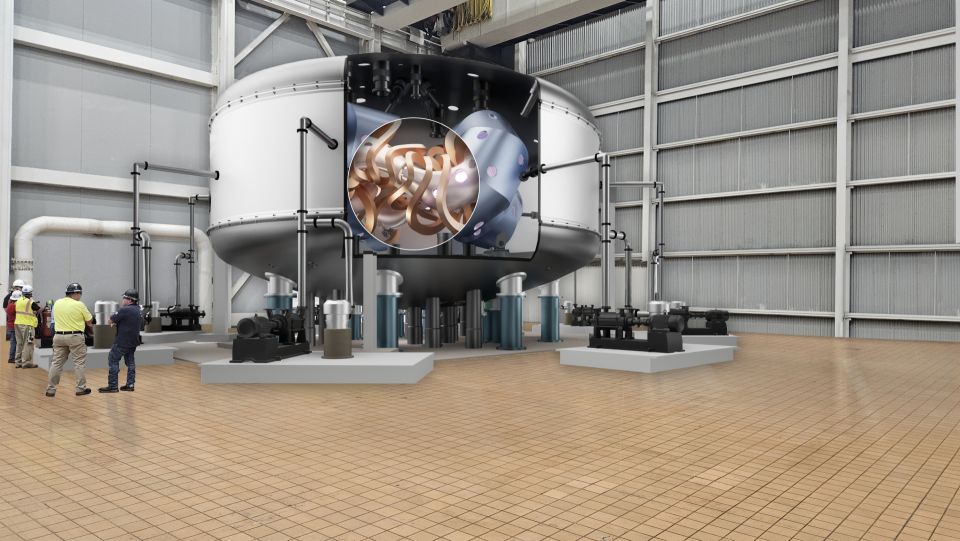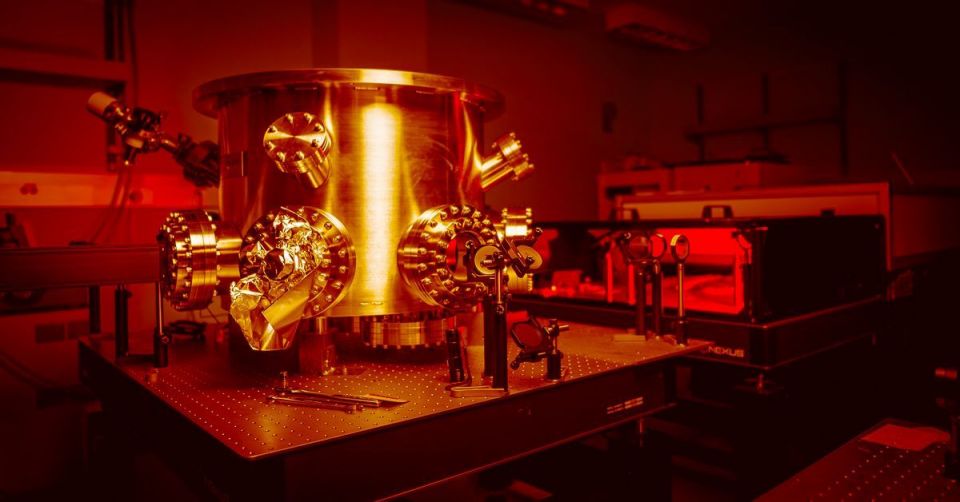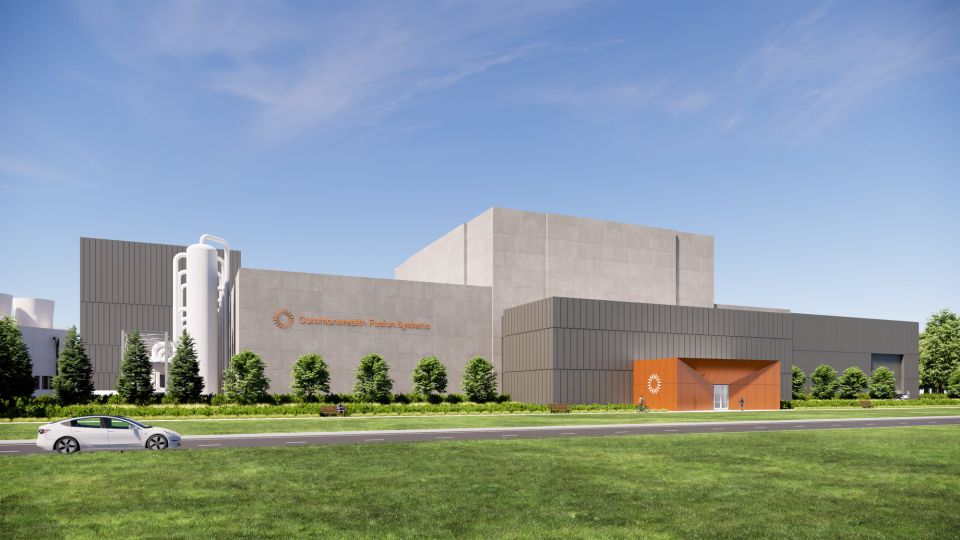General Fusion presses toward goal of magneto-inertial breakeven by 2026
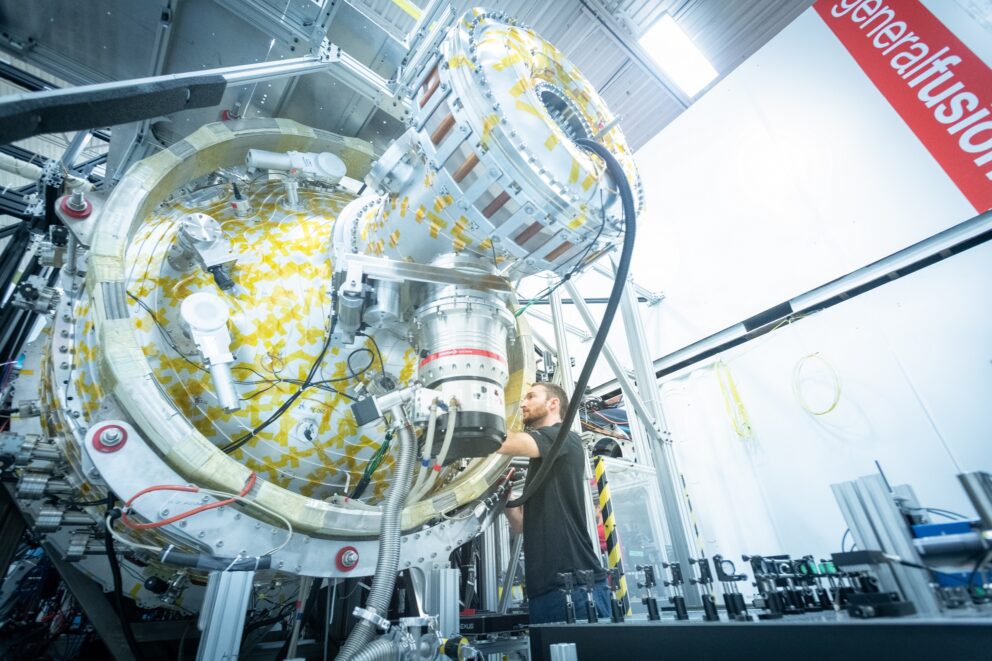
General Fusion announced on August 9 that it will build a fusion machine called Lawson Machine 26 (LM26) at the company’s new headquarters in the city of Richmond, British Columbia, near Vancouver. The machine is intended to achieve fusion conditions of over 100 million degrees Celsius by 2025 and progress toward scientific breakeven by 2026 to support the company’s vision of commercial fusion energy by the early to mid-2030s.



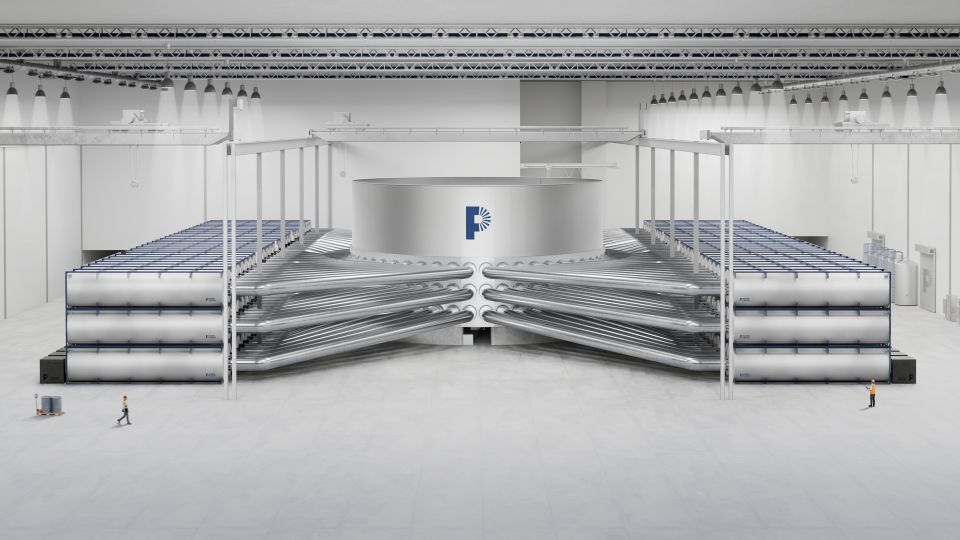.jpg)
